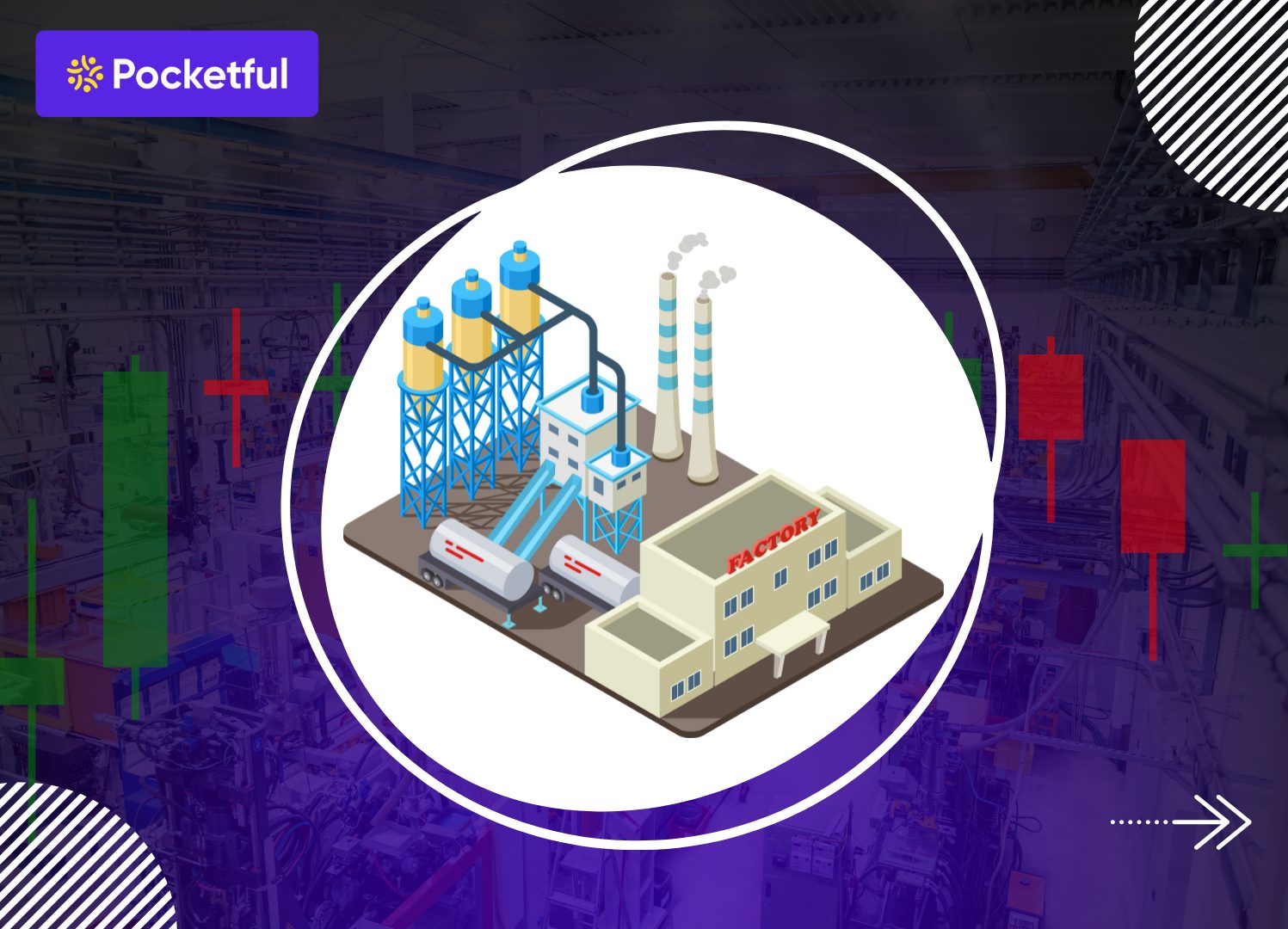Imagine a situation where you can act like a bank and give credit to the government, corporations or established companies and earn regular interest payments on the credit given, sounds interesting right? This is what happens when you invest in bonds. The Indian market is diverse in terms of bonds as there are different types of bonds available for investing.
Bonds are debt securities issued by governments, companies, or municipalities to obtain financing from the public. The buyer of a bond becomes a creditor to the issuing entity and, in return, the issuer agrees to pay them interest (coupon payments) on the debt and return the face value of the bond upon maturity.
Bonds are among the most secure investment instruments worldwide. They continue to gain momentum in India, as more and more investors seek to go beyond equities and fixed deposits. In this blog, we will discuss different types of bonds, their features, benefits and risks of investing in them.
Types of Bonds in India
Let’s analyze the most notable types of bonds available in Indian financial markets:
1. G-Sec or Government Bonds
- Issuer : Central or State Government
- Security : Very High, backed by sovereign guarantee
- Bond Features : Long tenures (5-40 years), semi-annual coupon payments, bonds are traded on exchanges like NSE & BSE.
- Ideal For : Conservative investors who prefer safety and stability.
2. Corporate Bonds
- Issuer : Any Private Or Public Limited Companies
- Security : Depends on the company’s creditworthiness.
- Corporate Bonds Features : Medium To High Yield, Moderate Risk, Credit Ratings like AAA, AA, Etc.
- Perfect for : Bond market investors who are willing to take moderate risk can buy these bonds for better returns than government bonds.
3. Tax-Free Bonds
- Issuing Companies : Fully owned government subsidiaries like NHAI, PFC, and REC.
- Advantages : Interest payout in this is exempted under the Income Tax Act Section 10(15).
- Average Duration : With a minimum restriction period of as low as 10 and a maximum of 20 Years.
- Perfect for : High earning individuals looking for tax efficient investments
4. Zero-Coupon Bonds
- Issuer : Both government entities as well as corporation/companies
- Interest Pay-Outs : No coupon payments, only face value is paid at the maturity of the bond
- Pricing : Initial buying price is less than the face value of the bond
- Perfect for : People hoping to receive a lump sum amount on bond maturity dat e.
5. Floating Rate Bonds
- Issuer : Government, corporations or financial institutions
- Interest Rate : Changes as per the prevailing policy rate of the central bank.
- Volatility : Excellent for protection against expected increase in interest rates.
- Ideal for : People who think interest rates will go up.
6. Inflation-Indexed Bonds (IIBs)
- Issuer : Generally issued by Government
- Purpose : These bonds are structured in a way to save your investments from inflation
- Payouts: Inflation – adjusted principal is paid at the maturity of the bond
- Perfect for: Pensioners and other investors who wish to protect the value of assets against inflation.
7. Perpetual Bonds
- Issuer : Financial Institutions
- Average Duration : No fixed maturity date, depends upon the issuers discretion
- Payouts : Bonds with no supervising organizational structures pay good interest rates but are riskier compared to conventional corporate bonds.
- Perfect for : Sophisticated investors looking for long term investments and impressive yields.
8. Convertible Bonds
- These bonds can be converted into equity shares of the company after specific time duration
- Flexibility : Guarantees fixed income with chances of capital appreciation by converting bonds into equity
- Ideal for : Investors that want a balance between fixed income and capital appreciation
9. Callable and Puttable Bonds
- Callable Bonds: Can be redeemed by the issuer before the maturity date.
- Puttable Bonds: Can be sold back to the issuer back before the maturity date.
10. Green Bonds
- Use: Your money is invested in environmentally sustainable projects.
- Popular amongst investors focusing on ESG initiatives.
- Ideal for: Investors who are unwilling to profit at the expense of the environment.
Read Also: What is Coupon Bond?
Basics of Bonds
1. Issuer
Following entities issue bonds in India
• Government of India (G-Secs, Treasury Bills)
• State Governments (State Development Loans)
• Public Sector Companies (NHAI, PFC, REC)
• Private Corporates (via Non-Convertible Debentures)
• Municipal Bodies (Municipal Bonds)
2. Terminology
A.) Maturity Period
The term refers to the length of time before the bond’s principal is paid back. This can be:
- Short-term (up to 1 year)
- Medium-term (1 to 5 years)
- Long-term (5 to 30 years)
A few bonds have no maturity date, also known as perpetual bonds, paying interest endlessly without ever paying back the principal.
B.) Coupon Rate
The percentage of the total face value paid out as interest annually. Coupon payments are determined using the coupon rate. Normally these coupon payments are paid out to the bondholder once or twice a year.
- Floating rate bonds have fluctuating coupon rate
- Fixed-rate bonds have set coupon rate
C.) Face Value
This is also known as par value or principal amount that the issuer needs to pay back to the bondholder once the bond matures.
D.) Market Price
The current market value of the bond in the secondary market. This may differ from the face value of the bond. It can go higher or lower than the face value depending on the interest rate, supply and demand, or creditworthiness of the company.
E.) Credit Rating
Shows the issuer’s creditworthiness and is given from rating companies like CRISIL, ICRA, and CARE.
• AAA: Highest safety • AA/BBB: Moderate risk • BB and below: High risk
Read Also: What are Bond Yields?
Factors To Consider Before Investing In Bonds:
Evaluate how a specific bond fits into your overall investment strategy. Here are important considerations:
1. Investment Timeframe : Invest in bonds that meet your financial milestones. If your milestone is 3 years, a medium-term will suit your investment. Long-term bonds are more appropriate for goals such as retirement.
2. Trends of Interest Rates in The Market : Interest rates and bond prices have an inverse relationship. Existing bonds are of less value when interest rates rise. During a period of rising interest rates, short-term or floating-rate bonds are advisable.
3. Impact of Inflation : High inflation affects the fixed return making them negative in real terms. Inflation-linked or floating-rate bonds protect purchasing power.
4. Liquidity : Not all bonds can be easily sold. Government bonds and corporate bonds are generally easier to trade. Always confirm voluntary exit options before maturity.
5. Tax Impact : The taxation treatment on the income generated by bonds is not uniform.
• Tax-Free Bonds come with exempt interest under section 10(15).
• Bonds under section 54EC offer exemptions for capital gains.
• The interest received on corporate bonds is taxable under the income tax slab applicable to the investor.
6. Credit Risk : Very low risk is associated with government bonds. Corporate bonds have varying levels of risk. Analyze the financials and the rating history of the issuer before investing.
7. Appetite for Risk : For investors with a lower risk tolerance, government bonds or instruments with AAA ratings are suitable. Higher risk can be opted for better returns means BBB rated corporate bonds after thorough analysis.
Benefits of Investing in Bonds
A well-balanced portfolio will include bonds because they help achieve both short- and long-term objectives. Here is how bonds can address the needs of investors:
1. Steady Income : Bonds pay interest at regular intervals and have a fixed income schedule, making them appealing for low-risk investors.
2. Preserving Capital : In most cases, bonds preserve initial capital value when defaults are not made, due to the fact that they return the invested principal when held until maturity.
3. Portfolio Diversification : Adding bonds to a portfolio helps mitigate overall risk because they have a lower correlation with stocks.
4. Tax free Returns: Investing in certain tax-exempt municipal bonds offers attractive post-tax returns.
5. Reduced Volatility Risk : Every security experiences normal daily fluctuations in share price and equities are more affected by these compared to bonds, making the latter more stable.
Risks of Investing in Bonds
Though bonds are safer than other forms of investing, some of the risks associated with investing in bonds are given below:
1. Lower Returns : Unlike bonds which favor safety, equities have greater long-term returns meaning they outperform bonds over an extended period.
2. Interest Rate Changes Risk : Long-term fixed-rate bonds are hit hardest during interest rate changes but any bonds in the long run will suffer due to a decrease in the bonds’ market price.
3. Increased Risk of Inflation : The rising cost of living will reduce real returns regardless of the fixed interest income over time.
4. Credit/Default Risk : One of the risks associated with corporate bonds is the possibility of default due to issuer defaults. Bonds with lower ratings have higher returns and are riskier.
5. Liquidity Constraints : Some bonds are not easily marketable prior to maturity. This can pose an issue when seeking liquidity.
Read Also: Electoral Bonds Explained: What Are They and Why Did Supreme Court Ban It?
Conclusion
Bonds provide safety, income, and diversification simultaneously. They are best suited for conservative investors. However, they must be selected very carefully as you have to take your financial goals, tax situation, and risk taking willingness into consideration. Bonds can be predictable contrary to equities and are essential during uncertain market conditions. They provide low returns but protect capital. Always confirm the research on the issuer before investment, understand the bond structure, and seek a financial expert if necessary.
Frequently Asked Questions (FAQs)
What is the minimum amount required to invest in bonds in India?
The Government of India bonds require a minimum of ₹10,000 investment, while the minimum amount required to invest in corporate bonds can vary.
Are bonds safer than stocks?
Yes. Generally, bonds are considered safer than stocks because they provide fixed interest payments and return the principal amount if held to maturity.
Can I sell my bond before maturity?
Yes bonds can be sold in the secondary market. Their selling prices are dictated by current interest rates, demand in the market, and the bond’s credit rating. Some bonds, especially unlisted ones, can be poorly liquidated.
Are returns from bonds taxable?
Bonds do pay certain interests which are payable as income and are divided by slab, but there are some exemptions like tax free municipal bonds or other bonds under section 10 of the income tax act. Also, capital gains from bond trading also is taxable depending on any time in the holding period.
Which type of bond is best for first-time investors?
First time investors can look into starting with Government Securities (G-Secs) or RBI Floating Rate Savings Bonds because of their safety and moderate returns. Tax-free bonds and AAA rated corporate bonds are also good for those looking for stable investment alternatives.










